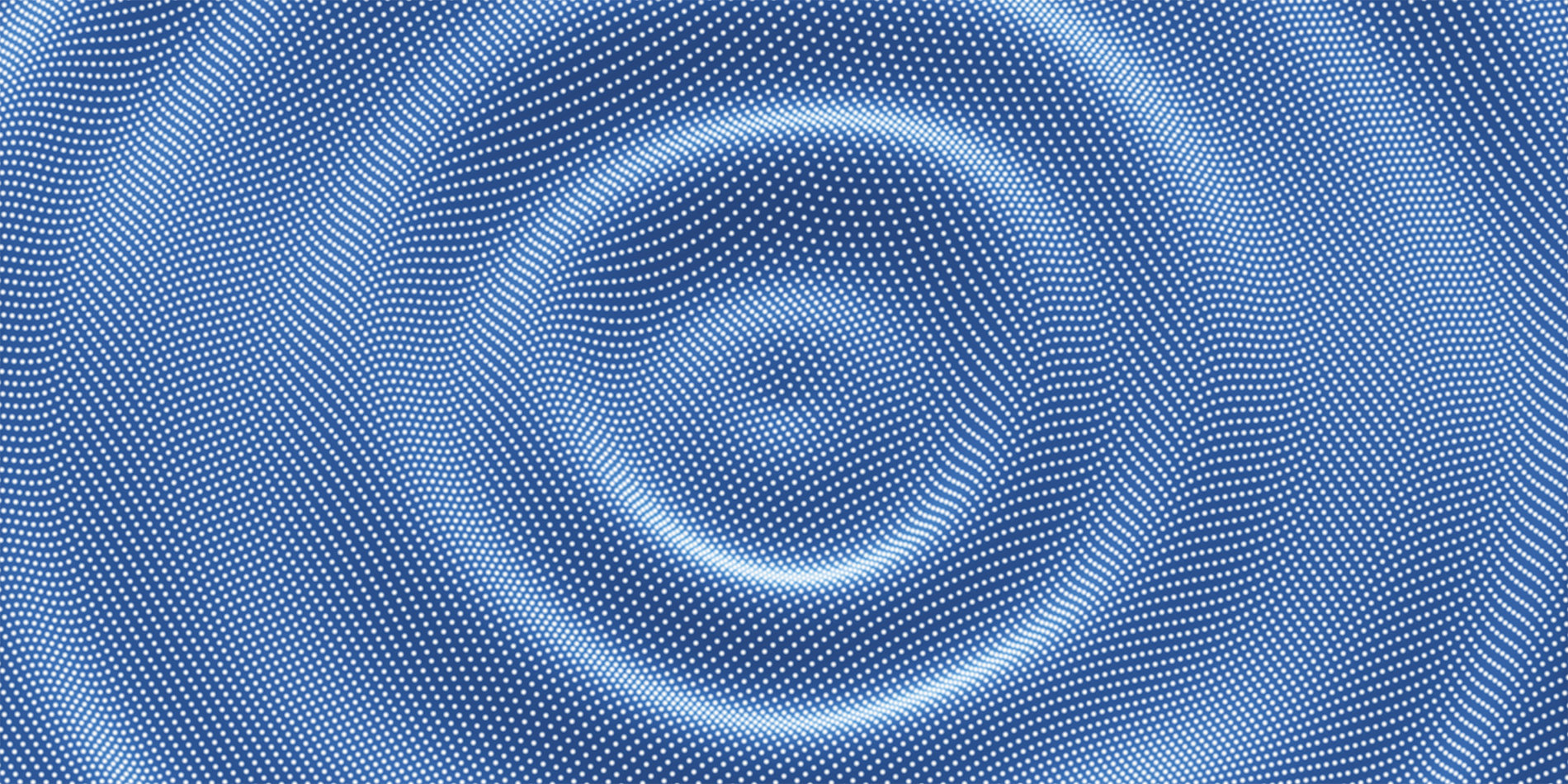Main content start
Doug James: Computer-generated sound catches its graphical sibling
A professor of computer science and of music uses principles of real-world physics to create synthetic sounds that match computer-generated graphics.
Natural sounds in the world around us are based on the principles of physics.
Today’s guest on Stanford Engineering’s The Future of Everything podcast, Doug James, uses those same principles to create computer-generated sounds to match the imaginary computer-generated objects and creatures that inhabit almost every movie or game these days.
His algorithms speed the animator’s work and make the final product all-the-more believable, as James tells host Russ Altman on this episode of The Future of Everything podcast.



